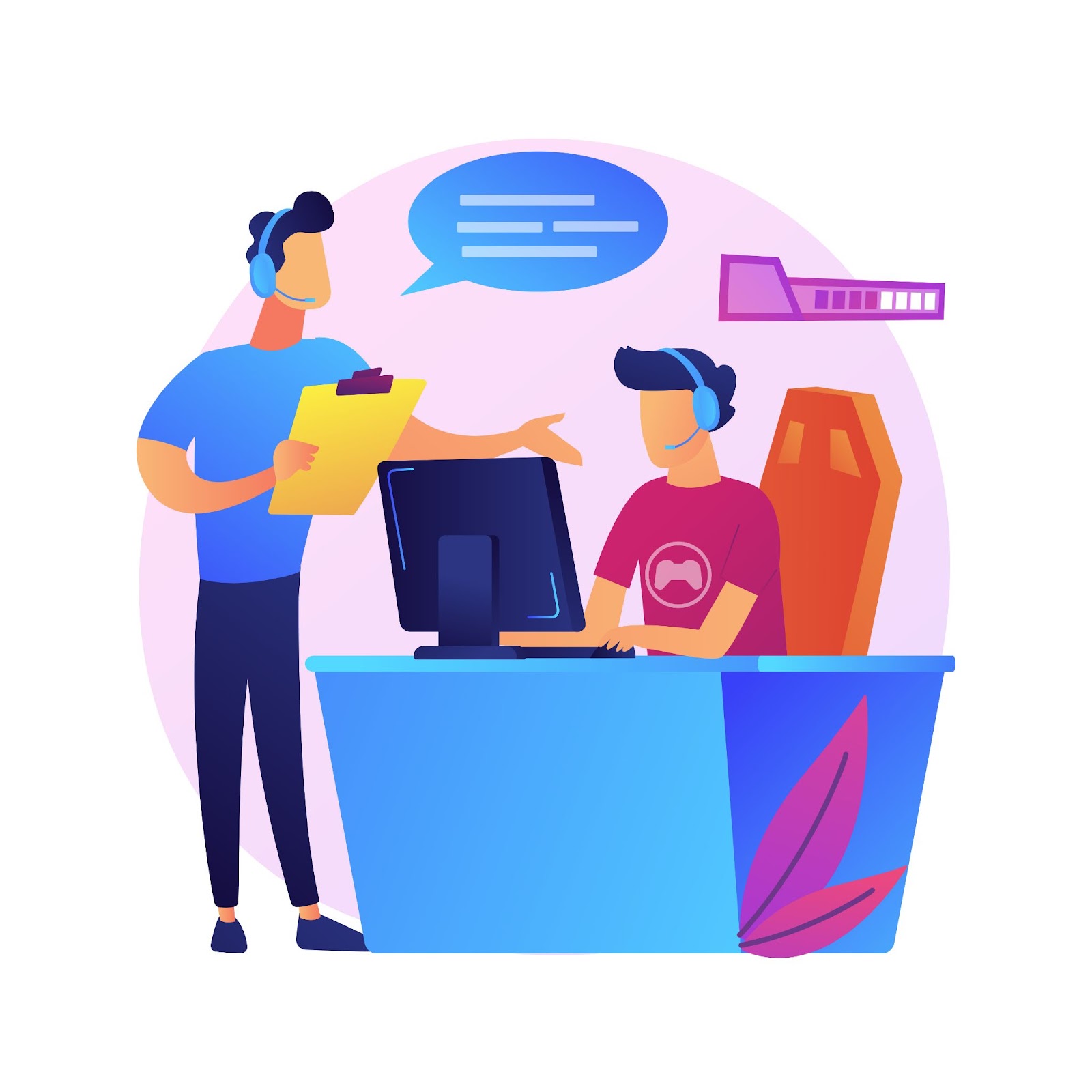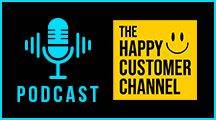Success in the highly competitive realm of Consumer Packaged Goods (CPG) goes beyond mere quality. It’s about guaranteeing from the shelf to the service desk a flawless client experience. CPG sales support steps in here. Modern CPG companies must change from reactive to proactive customer service approaches in view of changing consumer expectations. Active service not only fixes possible problems before they become more serious but also increases brand loyalty and stimulates continuous income growth.
Let’s investigate how proactive customer service can alter your CPG sales strategy and raise retail sales enablement for CPG brands to unprecedented levels.

Knowing the Current CPG Landscape
The CPG sector is changing fundamentally. Changing consumer tastes, digital disruption, and transforming retail environments are testing conventional sales and support structures. Today’s consumers want quick, tailored, and useful interactions at all touchpoints—online and in-store. Furthermore, the emergence of direct-to-consumer (DTC) channels forces brands to answer for the post-sale experience as well as the transaction.
For this reason, CPG sales assistance goes beyond simply addressing questions or handling complaints. It covers proactive outreach, clever automation, data-driven personalizing, and cross-channel integration. Basically, it’s about being there for the client before they even know they require assistance.
The Move towards Proactive Customer Service
Conventional customer service is reactive—that is, it waits for the client to start interacting. But proactive customer service is anticipatory. It finds possible issues and provides answers before they arise by means of statistics, trends, and predictive analysis.
If a CPG brand finds a delay in supply to a particular area, for instance, a proactive service plan would alert impacted consumers in advance, present substitutes, or offer compensation. This little action fosters trust and helps to avoid irritation.
Read More About: CPG Industry
Benefits of Proactive Customer Service for CPG Brands
- Consumers value being kept informed even in cases of problems.
- Stronger brand loyalty results from brands showing their compassion for their consumers.
- Early problem solutions help to lower the incoming assistance demand.
- Happy consumers buy more—and more regularly—increasing sales conversations.
Essential Elements of Superior CPG Sales Support
CPG companies have to combine many key components if they want to effectively apply proactive customer service:
1. Instantaneous Client Understanding
Using data analytics technologies lets companies learn about consumer behavior, preferences, and pain areas right now. Support staff may find possible problems early on by tracking trends in service tickets, common complaints, and product returns.
2. Channel of Omnichannel Communication
Consumers of today travel across platforms—web, mobile apps, social media, and actual stores—fluidly. One unified omnichannel support system guarantees that their experience is constant wherever they interact. Additionally timely updates can come from proactive SMS, email, or chatbot notifications.
3. Automaton and AI in CPG Sales Support
For CPG sales assistance, artificial intelligence has changed the rules. Simple questions 24/7 handled by AI-powered chatbots free human operators for more difficult problems. AI systems can also foresee demand, project delivery problems, and suggest tailored solutions, so enabling customer service teams to keep one step ahead.
4. Compatibility with Systems for Retail Sales Enablement
For companies that sell through stores, matching consumer service with retail sales enablement is absolutely vital. Tools for sales enablement let retail partners and agents more precisely grasp products, promotions, and consumer wants. By using the same systems, customer service teams acquire more thorough understanding and may customize their responses.
How Should Your CPG Brand Use Active Support?
- Knowing the advantages and components now will help you to begin including proactive methods into your CPG sales support system:
- Review Your Present Support System: Find areas where clients are running across mistakes or running across delays.
- Invest in CRM platforms, live chat, and artificial intelligence capabilities if proactive outreach calls for them.
- Make sure customer care agents have tools and information necessary to act pro-actively.
- Estimate problems include shipment delays, product shortages, or high return rates using data in order to build predictive systems.
Closely coordinated sales and customer service will help to guarantee seamless handovers and a consistent customer journey.
Proactive Service in Action: Examples
Already setting the standard are some prominent CPG brands:
- Procter & Gamble provides reordering options and employs smart sensors to notify consumers when they run low on products.
- To prevent allergic reactions and guarantee openness, Nestlé aggressively alerts consumers on changes in product components.
- To proactively address quality issues, Unilever combines consumer feedback loops straight into product development.
- These companies show how proactive customer service generates opportunities rather than only fixes problems.
Improving Retail Sales for CPG Through Assistance
The CPG ecosystem depends critically on retail partners. Brands make sure their products are not only sold but also used efficiently by arming them with the correct tools, data, and support systems.
Retailers get better training, faster replies, and promotional clarity when support teams work with sales enablement plans. This finally improves the experience of the end customer and increases in-store conversions.
Learn more about other contact center solutions services
Conclusion:
Reactive service simply cannot meet customer expectations in a time when they are higher than ever. Companies that wish to flourish should welcome proactive, data-driven, easily integrated CPG sales support that complements more general sales techniques. This method not only lessens friction and avoids problems but also changes support into a strategic development engine.
CPG businesses can future-proof their service models and improve loyalty and profitability by including technology, coordinating departments, and giving the customer experience top priority.


